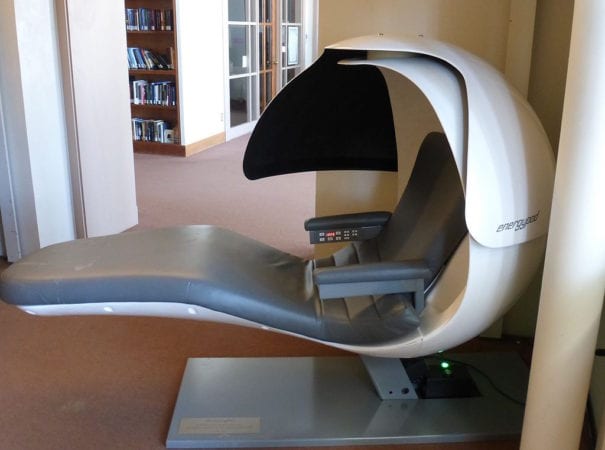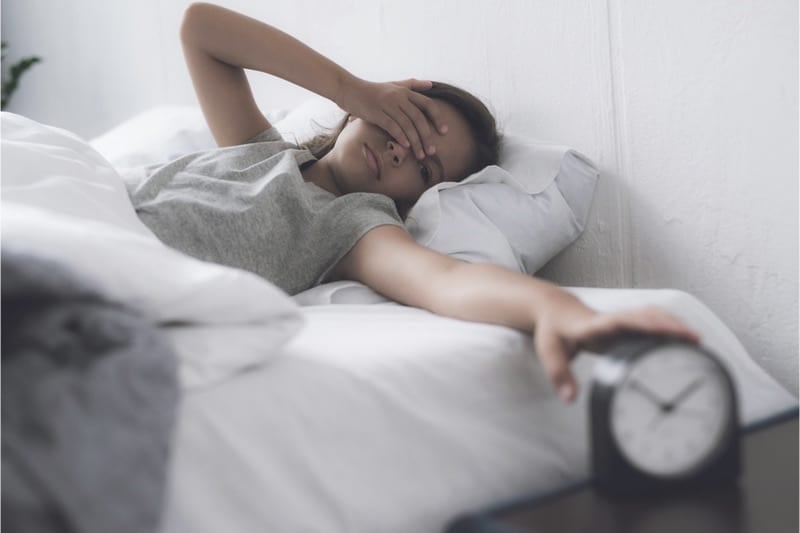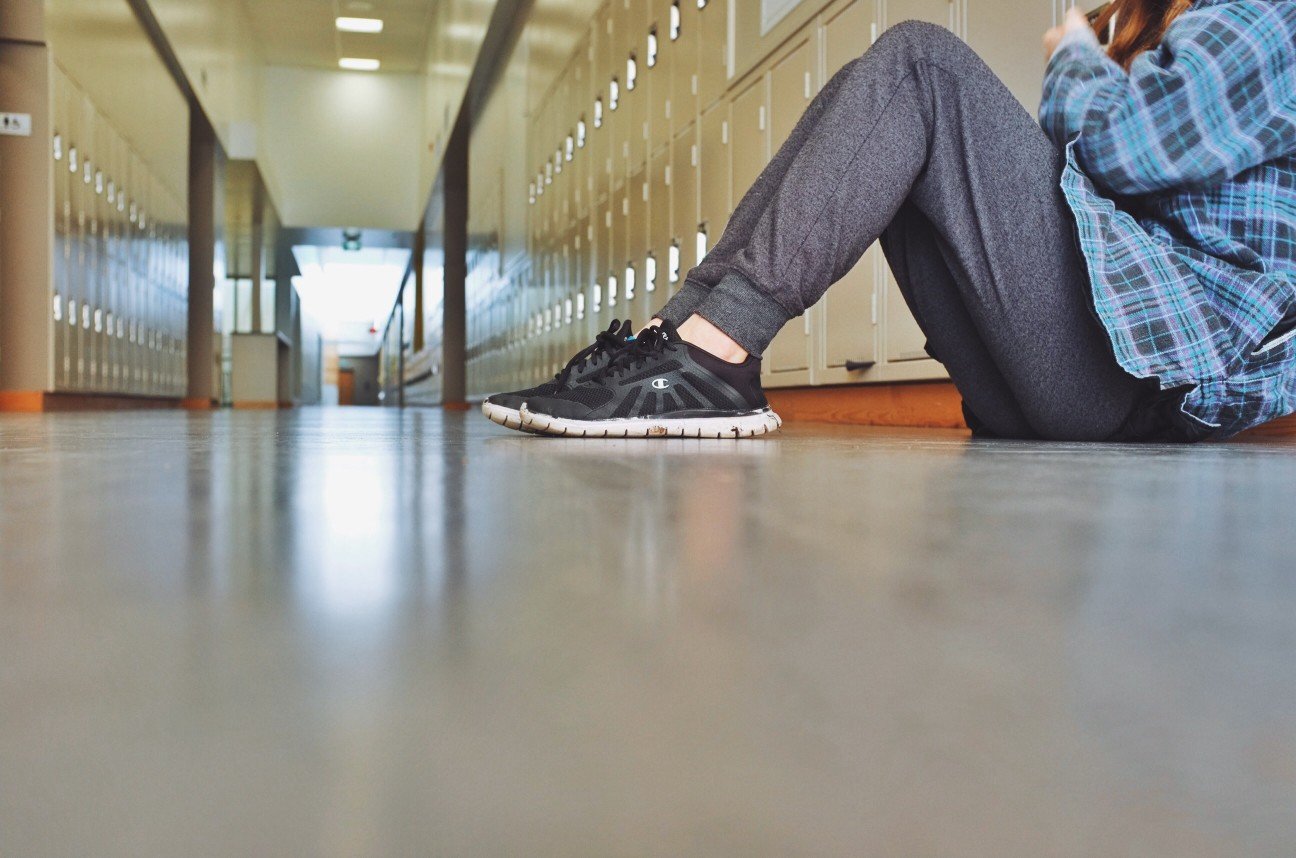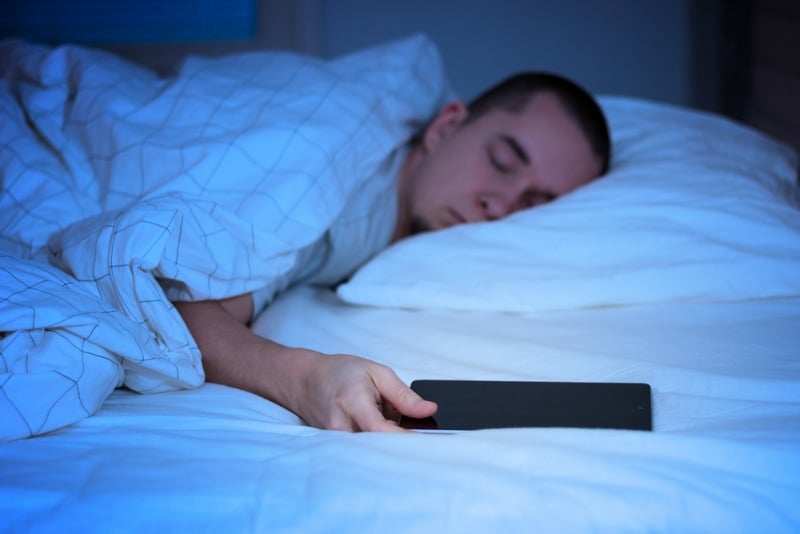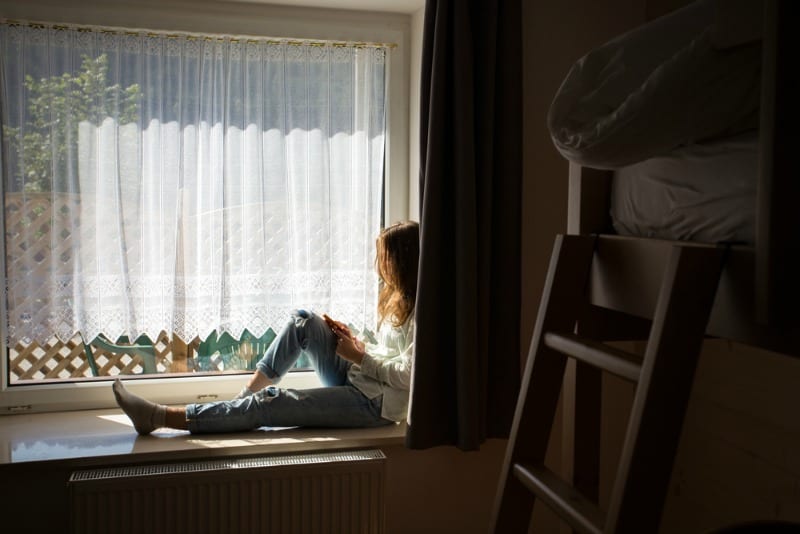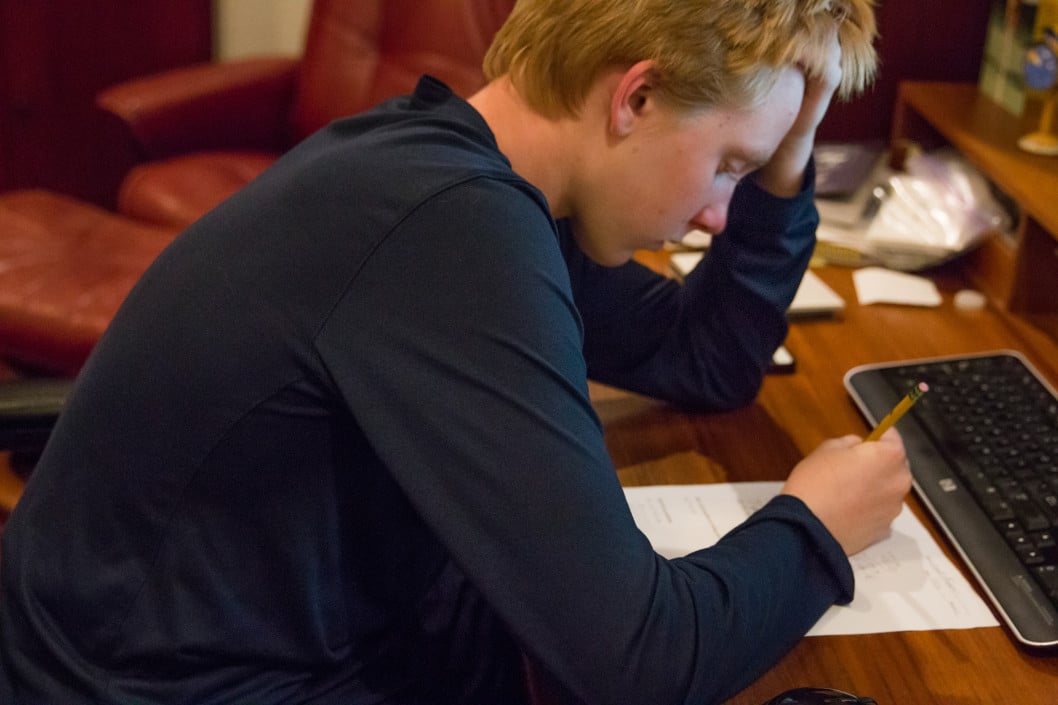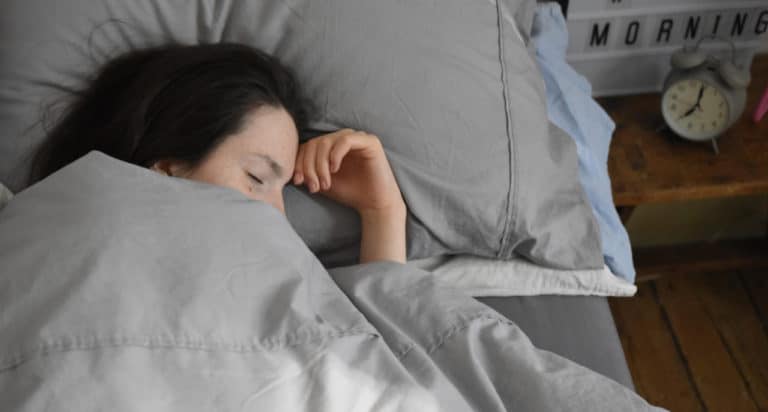Our kids sometimes dozed off in class. They stayed up too late, they got up too early and somehow, as their teachers droned on, they nodded off. They came home later that afternoon and told us how their classmates laughed and their instructor did not.
Parents and teens have long been warned that, not getting enough sleep can be unhealthy. But, with the demands of school work, jobs, activities and family responsibilities, coupled with very early start times at many high schools, teens often skimp on sleep. According to one study, only 15% of teens are getting the 8-10 hours of sleep a night they need to function optimally.
Insufficient sleep is not only detrimental to a teen’s health, it can also wreak havoc with their academic and athletic performance. It can also result in auto accidents if they fall asleep behind the wheel. The CDC finds that insufficient sleep can be associated with, “drinking, smoking and drug use.”
Kids who stay up late and wake early to get to class often doze off in class. Lori Stratton, a writer and high school English teacher tells us that, “Many, many teenagers come to school exhausted nearly every day. This problem is complex, but excessive homework, social media, and video games all play a role.“
Some high schools are trying a different approach. They are allowing tired teens to take a nap in school during the school day in specially designated EnergyPods (see photo) or just allowing them to spend time in a “quiet room” where technology and conversation are prohibited. Schools maintain that, “a little rest during an otherwise packed school day helps students face mounting pressure to get into college.”
Students enter the EnergyPod, set an alarm for a short period of time and get one of those reinvigorating daytime cat naps that researchers say have multiple health benefits.
Some schools are offering kids with good grades a weekly first period free so they can sleep in one day a week. Chicago’s public schools are experimenting with 20 minutes of no-talk, closed eyes time at the beginning and end of the school day. Ten years ago, a high school in Japan saw a dramatic rise in test scores when they encouraged midday naps for their students.
High school English teacher and writer Emily Genser says, “My kids are always asking for nap time! I only have two kids who fall asleep and their lives at home are super stressful. I would be more likely to push for later start times for high school students. They would definitely benefit from another hour of sleep.”
There is no doubt that teens need to get more sleep. Where and when they get that extra sleep is the conundrum. Lori Stratton says that it is, “our duty as parents and teachers to help teenagers learn to power down earlier at night because lack of sleep doesn’t just hurt our students’ performance at school, but also affects their level of anxiety and overall happiness.”
Because students who sleep better, do better and not all of our schools offer nap time, here are some suggestions from UCLA Health to help our teens get the sleep they need:
How to help teens get more sleep
- Just like in earlier childhood, parents should create a calm atmosphere in the house at bedtime.
- Encourage a relaxing, regular routine before bedtime which gives them an opportunity to unwind.
- Counsel them to avoid caffeine after 4 PM.
- If they do nap, urge them to keep daytime naps under an hour in length
- Teach them that alcohol and nicotine are not only damaging to their health, they interfere with sleep.
- Show them how regular exercise and a healthy diet promote good sleep
